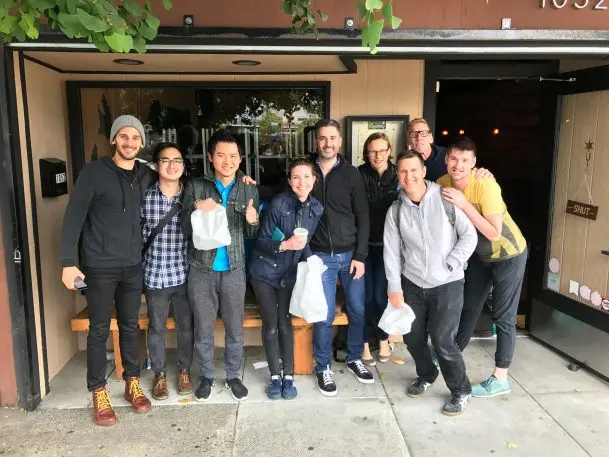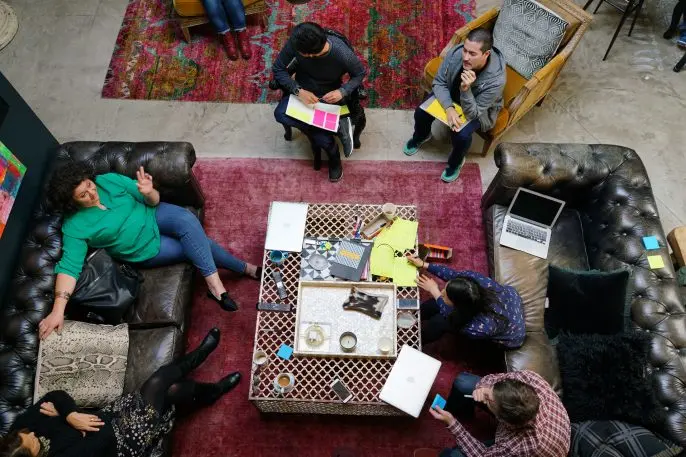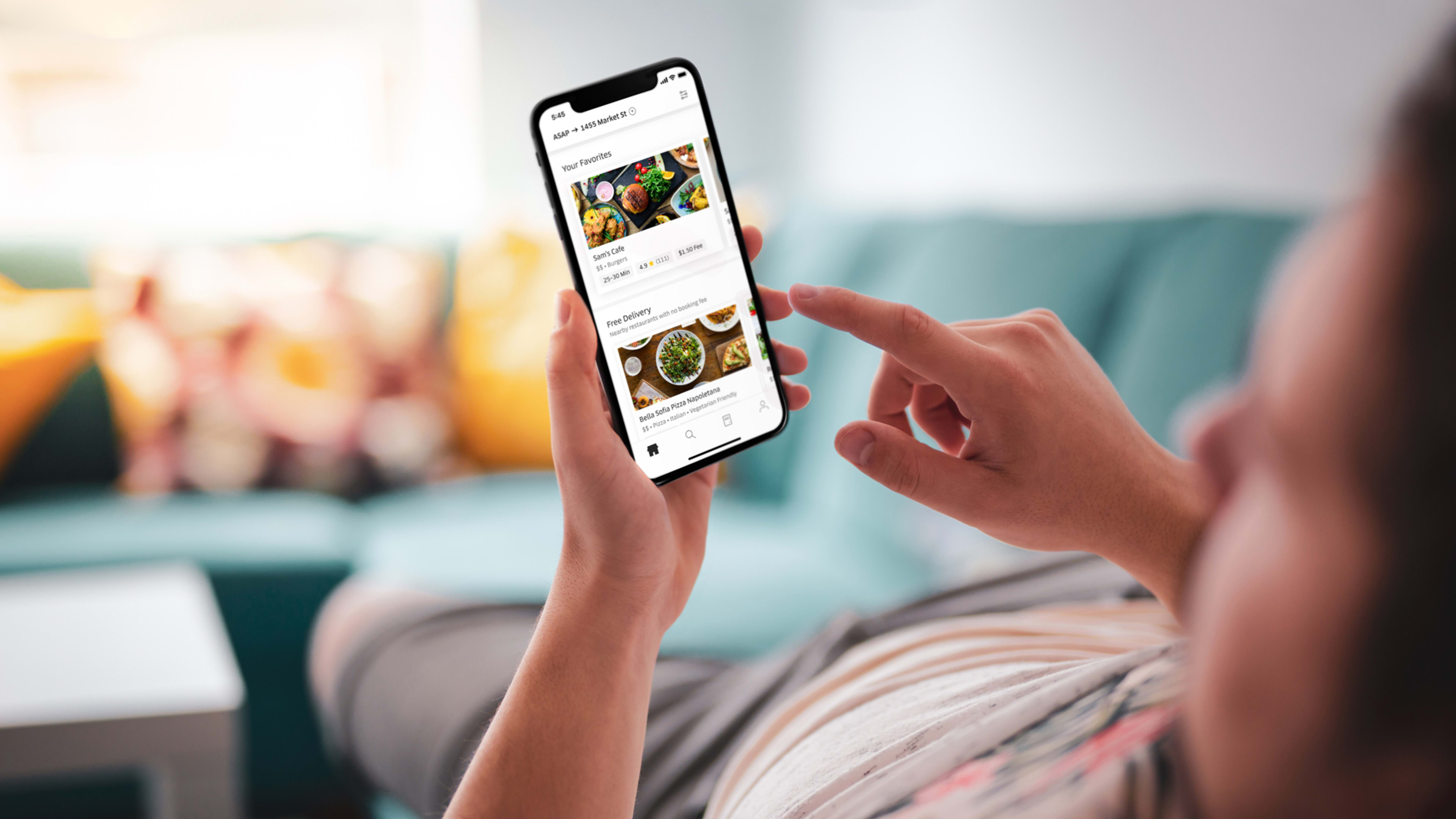When Kunal Arora was growing up, he spent a lot of time helping out his family’s restaurant business in Washington, D.C. “I had an opportunity on both sides, not only working in the restaurant, but helping to manage the business.” When he went to college, Arora pursued a business degree, which he eventually put to use in his family’s restaurants. “I went back to solve a couple of problems and ended up launching a small startup for analytics for restaurants.”
Those experiences would inform his big leap into the tech industry, landing a job as a product manager for Uber Eats, the ride-hailing service’s food delivery arm. “The restaurant industry kept calling me back,” says Arora. Even though Uber is deeply rooted in tech, and Arora admits that other than taking the initiative to learn to work in iOS, he had no high-level developer skills, the company was looking for people with hospitality experience to help make their products better.
This is an interesting inflection point for the hospitality industry as automation, AI, and even rising minimum wages threaten some of the core jobs available–particularly at the entry level. Restaurants like Red Robin and fast food chain Jack in the Box are automating ordering and cashier functions with kiosks to save labor costs, while others like Spyce have robots working in the kitchen. However, food delivery is on the rise. According to industry analysts at Cowen & Co., U.S. restaurant delivery sales are estimated to go up to $76 billion in 2022, up 77% from $43 billion. And all that automation and AI is likely to create jobs for people like Arora and others on the team of Uber Eats.
We’ve seen how degrees in literature can parlay into big jobs at tech giants like Microsoft. At Uber Eats, other team members also have leaned on the skills they’ve learned working in restaurants to get jobs in tech.

Although McDonough started out as a music major in college, he eventually started taking design classes. As one of his first projects, McDonough says he approached the owner of the restaurant he was working at on nights and weekends about designing a website for the business.
From there he continued to supplement his freelance design income with restaurant jobs. It helped that he was in the Bay Area, a locus for tech, but he did notice that the food service industry wasn’t taking advantage of the technology growing up in its backyard. From working as a chef at a cafe, he landed a job at Google as a UX designer, and three years ago moved to Uber to work on the Uber Eats team.
“The biggest problem [restaurants have],” says McDonough, “is growing their business and generating customer demand.” It just made sense for restaurants to turn to technology to help them find opportunities they couldn’t find through traditional means–especially in the delivery space. “One of the other big things,” says Arora, “is in a business where [owners] wear a bunch of different hats,” it helps them to take one away by using data to solve demand.
Not to mention the cost of food that is purchased but not eaten. An estimated 133 billion pounds of food from stores and restaurants was wasted in 2010, according to the most recent data from the USDA. This is an expense that can be solved with analytics based on what customers are ordering rather than with manual estimate of inventory, says Stephen Chau, Uber Eats global senior director of product management. Thanks to technology, owners and managers are able to get a detailed analysis of how dishes are doing with real-time feedback from customers, says Chau.

How to position that experience when trying to switch industries doesn’t have to be all that challenging. McDonough points out that in his experience customer service is “super essential.” He says that working as a server, “It was really up to you to make sure the guest has an experience that will turn them into a loyal customer.” He says there is a lot of talk about customer obsession on the team, and they spend a lot of time immersing themselves in the businesses by interviewing restaurants. “Building great products that solve actual problems is a similar skill set,” he says, that can transfer into the tech space.
Arora’s restaurant experience played a huge part in landing his job. That and his foray into the startup world helped him through the interview process with Uber. “I touched a lot on restaurant experience and the pros and cons of building a product,” he says, including how a restaurant manager might interact with the data, and how they might look at the analytics dashboard.
Arora underscores that he’s not an engineer by trade, adding, “It’s not the skills you come in with, but your ability to learn.” Uber is always looking to hire great people, they say, and the team is growing. Says Arora, “Product teams need smart people to build out something great.”
Recognize your company's culture of innovation by applying to this year's Best Workplaces for Innovators Awards before the extended deadline, April 12.
